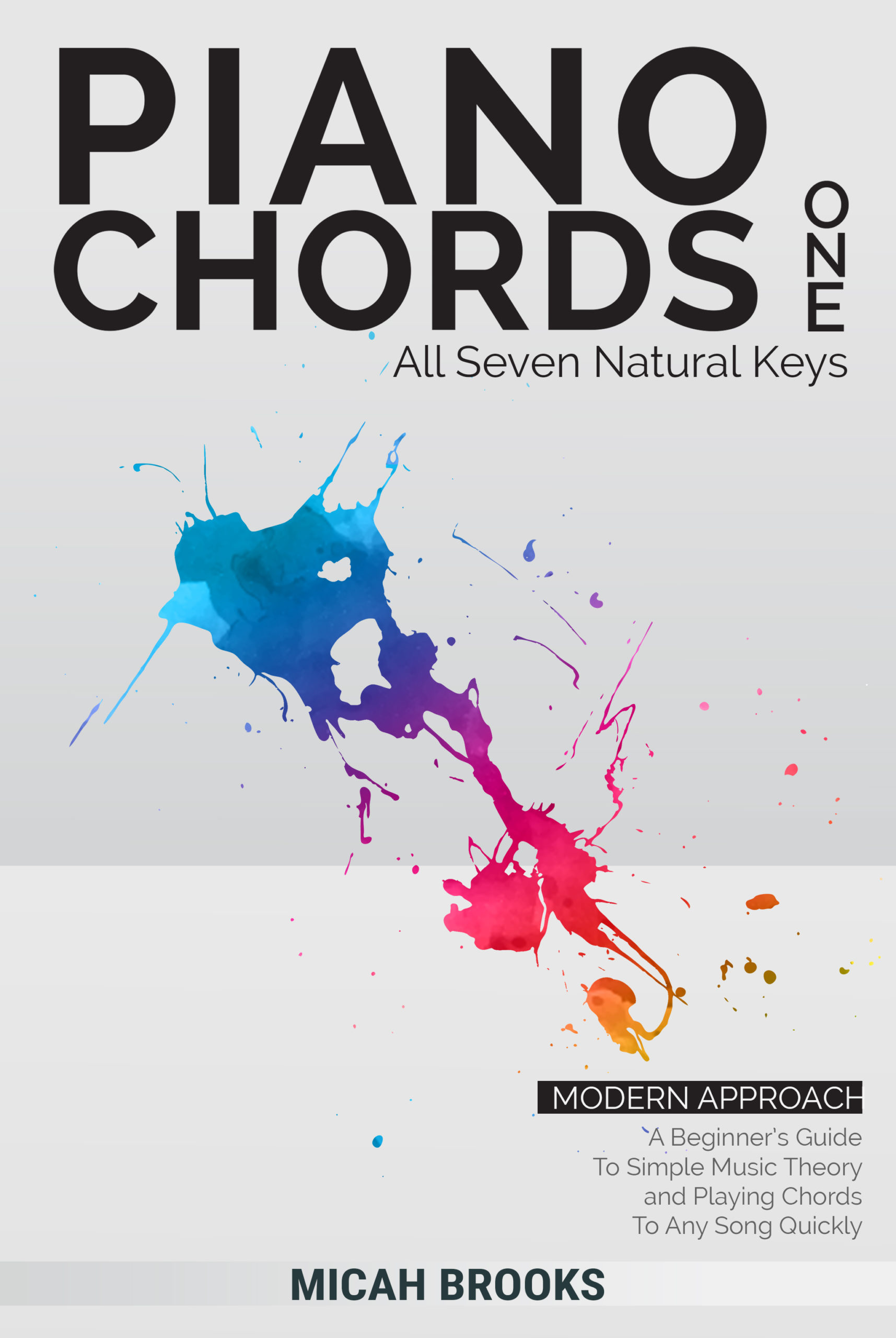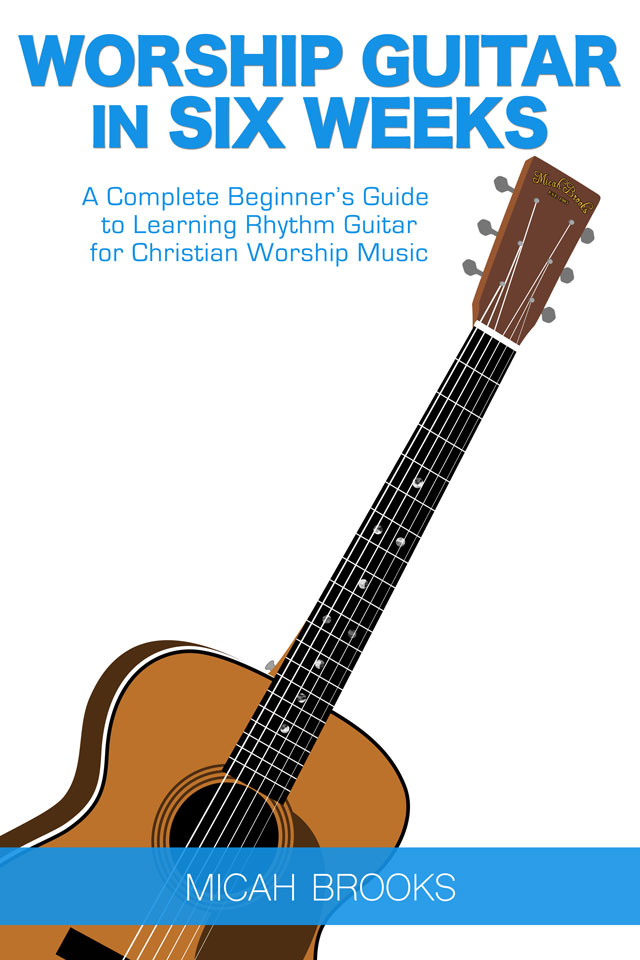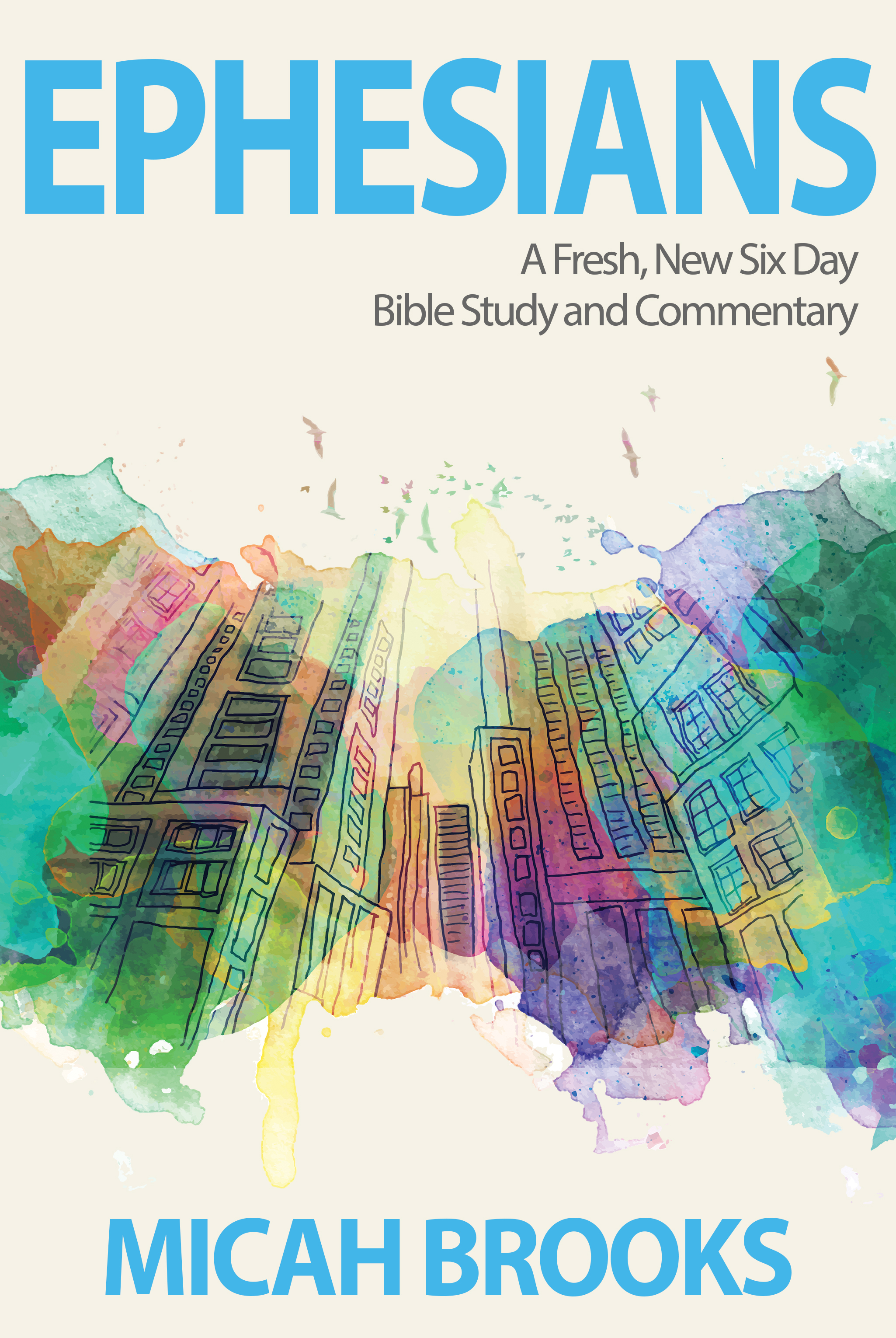You may be moving chords when you don’t need to. A Bm7 is just a D with the bass note B.
While this may be a matter of knowing inversions well, we don’t have to go that deep to become better players. Knowing that a Bm7 is a D with a B as your bass note is enough to take the efficiency and the sound of your playing to the next level.
Why shouldn’t you move the entire chord each time?
The answer to why you shouldn’t move the entire chord each time: efficiency. It is extremely inefficient to move chords from one root position to another. Transitioning a D chord as 1+3+5 (D+F#+A) to a Bm 1+3+5 (B+D+F#) means that your fingers must travel the distance of 3 or 4 inches on the keyboard. Whereas, moving your pinky up to the 6, now the D looks like 1+3+6 (D+F#+B) and the left-hand moves from the D to a B note you’ve transitioned to a Bm with no travel necessary in the right hand. Efficiency just went through the roof!
And here’s the professional secret: it sounds better! The reason is simple and makes sense. Because you didn’t travel the keyboard to reach the next chord, the two sound better connected. They share several notes. There was no shift to a higher or lower set of pitches. Instead, every note was in the same vicinity. The chords sound better together!
How do you think like this rather than trying to memorize the notes or fingerings?
The best way to know how to think in terms of simpler chord versions is to recognize patterns and use the root chord of the key as your starting point. The root chord includes the 1+3+5 notes of the key. The 1 and 5 are used in several of the important chords in the key. Begin with the 1 and 5 in the right hand and move the bass note around. You can make a m7 chord by keeping the right hand on a 1+5 and moving the bass note in the left hand down two notes. Move the bass note down one more to create a sus chord. Move down one more, to the 4, and you have a 42 chord.
One way to keep your hands from moving across the keyboard is to put up bumpers on the keys and not cross them. Let’s use the key of D as our example. Take two pencils. Put one on a C and then another on a B that’s seven notes from the C. In the right hand you will keep all of your note choices using any and only the D, E, F#, G, A, and B notes. Don’t allow yourself to use any others. As often as you can, choose the D and A notes and move the left-hand bass note. You may need to add the C# note from time to time.
Examples of chords
The following are some of the most common chords that have simple alternatives you should try. Anytime you see a chord then a slash (/) and then what appears to be another chord name it’s a chord with the other capital letter being the shifted bass note. So a D/B means a D chord with a shifted B note as its bass note known as a Bm7 chord. Here are some you should know:
m7 Chords
Bm7 = D/B
Am7 = C/A
Em7 = G/E
Dm7 = F/D
F#m7 = A/F#
2 Chords
G2 = D5/G
A2 = E5/A
C2 = G5/C
D2 = A5/D
E2 = B5/E
Maj7 Chords
GMaj7 = D/G
AMaj7 = E/A
CMaj7 = G/C
DMaj7 = A/D
FMaj7 = C/F
sus Chords
Asus = D2/A
Bsus = E2/B
Csus = F2/C
Dsus = G2/D
Esus = A2/E
Summary & Action Steps
All in all, you should be able to play some typical chords but with a new mindset. The hope is to think more of playing the most relevant notes in the key rather than thinking in terms of the chords themselves. What do you think? Which other chords could you share that would help a player wanting to tie chords together and make them flow better? Leave your thoughts and ideas in the comments below.




